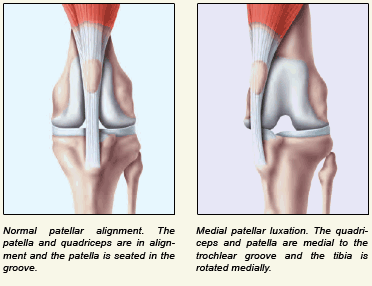A Natural Approach to Managing Degenerative Myelopathy
A good read for those who wants to know more about Degenerative Myelopathy (DM). Article taken from dogsnaturallymagazine.com
https://www.dogsnaturallymagazine.com/degenerative-myelopathy-in-dogs/
Degenerative Myelopathy is a devastating disease. Affected dogs develop weakness in the rear legs and gradually become paralyzed. Eventually they can’t control their bowels and lose motor control on the entire upper half of the body. This degenerative process can take anywhere from six months to three years.
There is ongoing research for this disease and there is evidence suggesting that Degenerative Myelopathy is an inflammatory autoimmune disease. There is a nerve sheath (called myelin) that surrounds and insulates the nerve fibers of the spinal cord and is necessary for the conduction of nerve impulses. What happens in Degenerative Myelopathy is the dog’s own immune system cells attack the spinal cord sheath. This creates an accumulation of inflammatory cells locally and the chronic inflammation destroys the myelin sheath, leading to progressive nerve tissue damage. The damage typically begins in the middle of the back and this is where the most severe damage can be found. The nerve damage results in loss of voluntary and involuntary motor control. Some neurologists compare Degenerative Myelopathy in dogs to Multiple Sclerosis in humans.
Commonly Affected Breeds
There are about 43 breeds that have been found to have the defective gene responsible for Degenerative Myelopathy. The breeds most often affected include the German Shepherd, Boxer, Chesapeake Bay Retriever, Rhodesian Ridgeback, Irish Setter, Dalmatian, Weimaraner, Great Pyrenees, Samoyed, Briard, Siberian Husky, Miniature Poodle, Standard Poodle, Bernese Mountain Dog, Kerry Blue Terrier, Golden Retriever, Wire Fox Terrier, American Eskimo Dog, Soft-Coated Wheaten Terrier and Pug.
Diagnosis
The diagnostic tests that are normally performed are blood work (including a thyroid panel) and spinal X-rays. Other tests may include an electromyogram (EMG), MRI or CT, myelogram, and spinal tap to help rule out other spinal diseases, such as Intervertebral Disc Disease, spinal cord tumors, Degenerative Lumbosacral Syndrome, and Degenerative Joint Diseases as in Dysplasia.
If your vet highly suspects Degenerative Myelopathy, a blood sample can be submitted to the veterinary school at the University of Missouri to test for the mutant gene – or dogs can be screened with a cheek swab sample.
Symptoms
Degenerative Myelopathy initially affects the rear legs first. The dog may start to drag a foot on walks and the owner can hear or see this. The two middle nails on that weak paw may be worn down. Eventually, a lack of coordination and wobbliness in the gait is seen and the reflexes will slow in the hind feet and legs. Soon afterward, the thigh muscles will start to atrophy and the tail may be limp.
As the disease progresses, the dog will have difficulty standing for long periods of time and getting up from lying down. Fecal and urinary incontinence inevitably follow. The rear legs become so weak that the dog will need assistance to get up and he will have trouble holding a position to defecate or urinate (affected dogs often walk and poop).
As the disease progresses, the front limbs will start to become affected and weaken as well. Normally, the dog is so debilitated by this point that most patients are euthanized because of poor quality of life. Thankfully, this disease is not painful but there may be compensatory issues that will eventually cause discomfort since the dog’s biomechanics will change and tissues will be overused.
Holistic Treatments
There is no conventional veterinary medicine treatment for Degenerative Myelopathy. Holistic veterinarians use their skills and modalities to improve the quality of life. There is no need for pain meds (usually) or steroids. Treatments that do help and are readily available include acupuncture, exercise, diet and nutraceuticals.
Acupuncture can help by stimulating the nervous system. More than likely, electroacupuncture will be used. The acupuncture needles are inserted and then small electrodes are connected to a few needles to create a microcurrent between them. This drives the acupuncture effect deeper and is very beneficial for paralyzed or partially paralyzed patients. This is performed once or twice a week for a few sessions in a row.
Exercise is probably the most important modality for affected dogs. The nervous system has to be constantly stimulated to keep the nerve impulses firing. There is now documentation showing that physiotherapy can improve symptoms and prolongs the length of time that the dog remains mobile.
Hydrotherapy is the safest and most effective form of exercise for these patients. Free swimming and underwater treadmill therapy have many advantages to the nervous and musculoskeletal system and the properties of water make it the safest form of exercise.
Walks and structured therapeutic exercise are very important to maintain balance and proprioception, flexibility of the joints, keep muscles toned, and maintain good circulation. Eventually, a cart may enable the dog to remain active and maintain its quality of life once weakness or paralysis of the hind legs sets in.
















